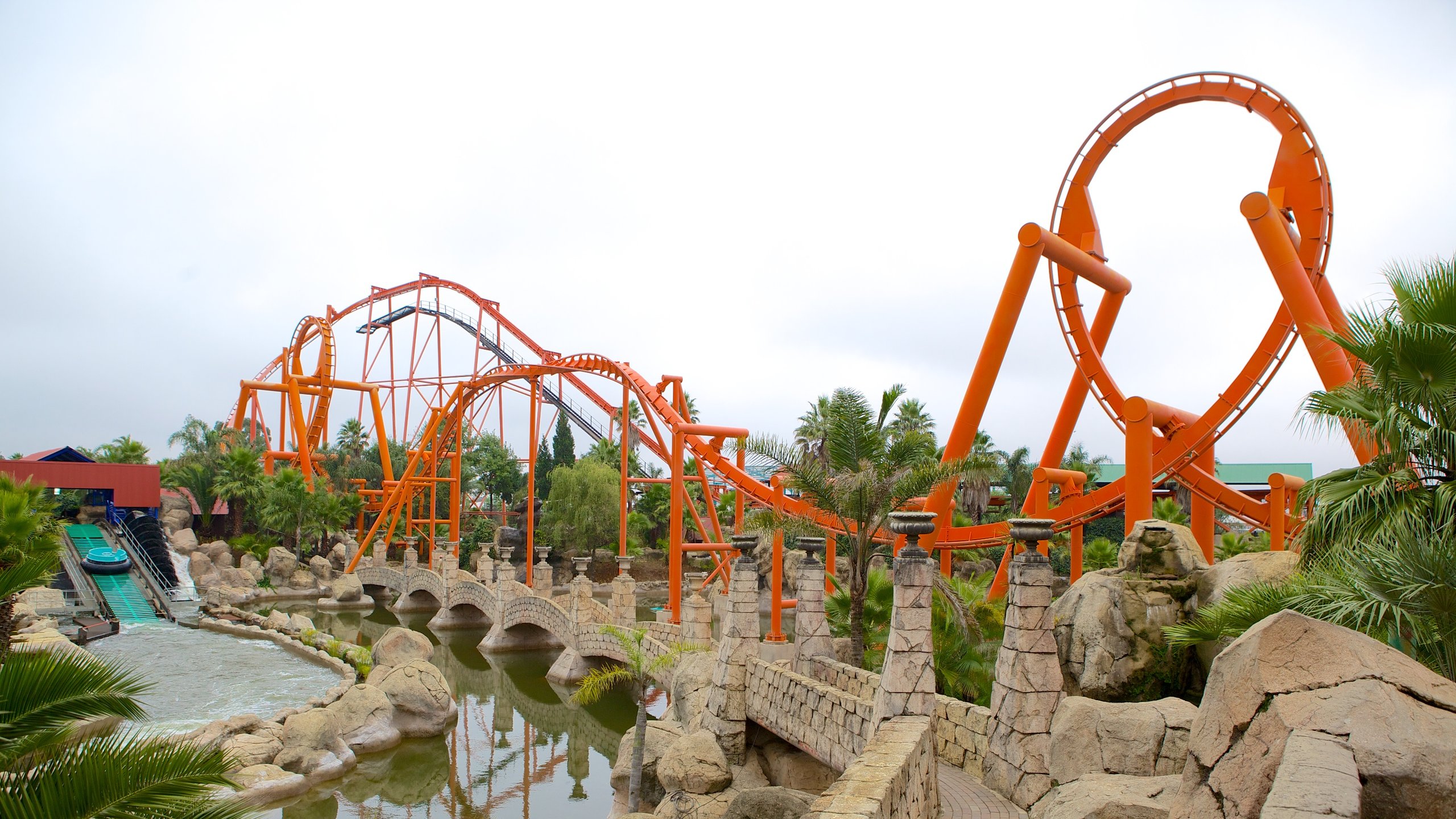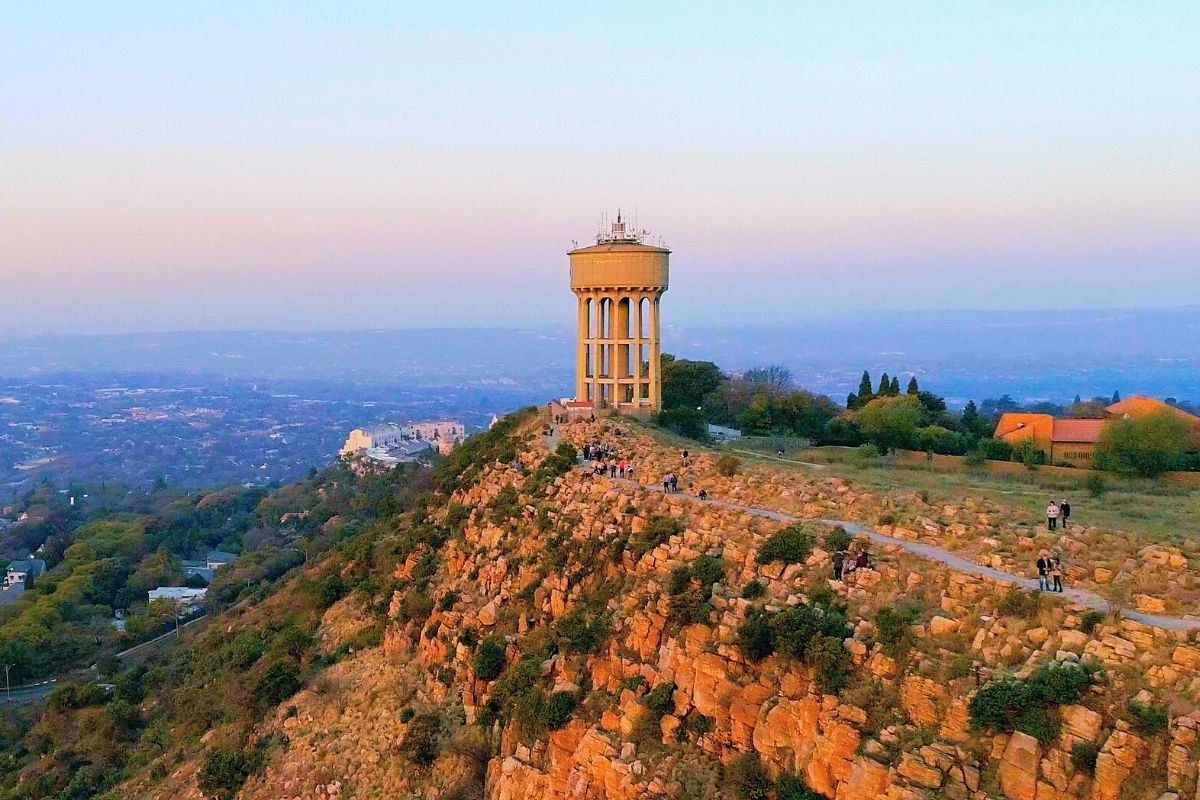Indicators on Johannesburg North Attractions You Need To Know
Indicators on Johannesburg North Attractions You Need To Know
Blog Article
Johannesburg North Attractions Fundamentals Explained
Table of ContentsSome Known Questions About Johannesburg North Attractions.Indicators on Johannesburg North Attractions You Need To KnowOur Johannesburg North Attractions PDFsThe Johannesburg North Attractions DiariesAll about Johannesburg North AttractionsWhat Does Johannesburg North Attractions Do?
The city owes its area to the visibility of a a lot more valuable resource: gold. The city grew on the side of the Witwatersrand Main Coral reef, a below ground stratum of gold-bearing quartz-silica empire that arcs for hundreds of miles below the Highveld. Most of the gold mines in the city stopped operation in the 1970s, however in its day the Witwatersrand gold sector represented more than 40 percent of the world's yearly gold production.Johannesburg has a warm environment. Summer season temperatures balance concerning 75 F (24 C); wintertime temperature levels average concerning 55 F (13 C) and only sometimes dip below cold. The city enjoys about 8 hours of sunlight daily in both winter and summertime. Rainfall standards about 28 inches (700 millimetres) per year, but the complete differs significantly from year to year.
What rain the city gets drops virtually solely in the summertime, frequently in incredible late-afternoon electrical storms. Air contamination poses a considerable problem, especially in the cold weather, when thermal inversions hamper the westward circulation of air from the Indian Sea. Contamination is most severe in the largely settled Black areas on the city's perimeter, where lots of citizens still count on coal for gas.

Little Known Facts About Johannesburg North Attractions.
The equilibrium of the city is occupied by whites. Holiday accommodation varies in personality and quality. Soweto is well-known for its countless rows of municipally developed, two-room matchbox homes, yet it additionally has a few thriving enclaves along with teeming squatter camps, where tens of thousands live without water, electricity, or cleanliness centers.
Physical growth, although somewhat limited by transport, proceeded rapidly as immigration to South Africa, and Johannesburg in specific, enhanced dramatically.
Most inadequate suburban areas were combined, with inadequate blacks and whites living with each other, although the well-off suburbs were normally reserved for whites.
The approximated population of the area is 200,000, [] yet the number of individuals staying in the central city on a casual basis is unidentified, as many are illegal aliens. The majority of higher-income locals and white individuals have relocated to the north residential areas and have actually been replaced by lower-income black individuals. The unemployment, education and learning, and age profiles of the location are all unknown, as a result of the problem of getting dependable information about the location.
Some Known Factual Statements About Johannesburg North Attractions
Centred on the CBD, the region includes the residential areas of Yeoville, Bellevue, Troyeville, Jeppestown, and Berea to the eastern. To the west it infects Pageview (Johannesburg North attractions) and Fordsburg. There are small industrial parks to the south, such as City West-Denver and Benrose. Around 800,000 commuters go through the inner city daily, and it works as a regional shopping node for visitors from the southern residential areas. Yeoville and Bellevue have a mix of apartment or condo structures and solitary household units on small great deals. The region lies on a hilly divide that runs from eastern to west. One of the most conspicuous geographical feature is Observatory Ridge, which is called for the large observatory situated on it. The leisure rooms are no he has a good point longer made use of, as a result of safety and security troubles.

5 Easy Facts About Johannesburg North Attractions Explained
R. Tambo International Airport Terminal). The eastern suburban areas are a few of the earliest locations of Johannesburg, there are big neighborhoods of Jewish and various other European backgrounds, most of the population is English speaking. There are three fairway as well as a number of secured ridges with viewsites. There are numerous strong and up-market amusement and shopping locations in the eastern such as the Eastgate Mall and the Greenstone mall.
Originally built to house male migrant employees, numerous have actually been boosted as houses for couples and family members. The suburban area was not traditionally allowed to create employment centres within the area, so nearly all of its homeowners are read the full info here travelers to various other parts of the city.
The smart Trick of Johannesburg North Attractions That Nobody is Talking About
The domestic locations in the north suburbs are mostly official, with no considerable areas of informal real estate, or housing that lacks a long-term structure. This is a well-known area, there is a pattern of land use change from household to business, particularly along main arterial roadways and around well established nodes.
The area is well attached to roadway networks, especially along the north-south axis formed by the M1 and N1. Roads to the eastern and west are less well established, as there are click this link no highways travelling because direction. In the direction of the north border of the city, the density of growth decreases, leaving large areas of primitive land around Midrand.
Examine This Report on Johannesburg North Attractions
, which is situated on a hill neglecting the internal city and Hillbrow.
Report this page